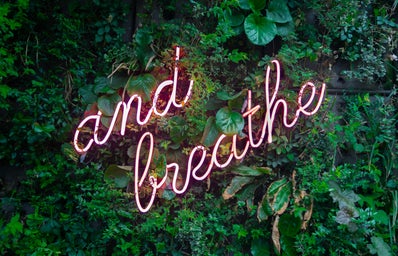Meditation has seen a huge increase in popularity in the past decade. From mental health to physical benefits, it’s been promoted and endorsed by celebrities and doctors alike.
Meditation isn’t something that comes easily to everyone. It’s hard to turn off your brain sometimes. If that sounds familiar, you’re in luck: meditation isn’t one-size-fits-all, and there’s actually tons of different meditation types. So, if you’re looking to try meditation but haven’t found a style that works for you, this article was meant for you.
- For the Beginner
-
Find a comfortable position and a quiet place and take a couple deep breaths. I know, it sounds cliché, but deep breathing stimulates the parasympathetic nervous system, which promotes a state of calmness. Focus on the way your body feels on the ground, how your clothes are sitting on your body, and where any tension in your body resides. As you exhale, imagine the tension releasing with the breath. Once you feel ready, slowly open your eyes.
- Working with the Thoughts
-
Find a comfortable position and a quiet place, and take a couple deep breaths, just like before. Imagine taking a step back in your mind, like you’re cloud-watching, or at the movies – you’re just an observer. Then, as thoughts flow through your mind, acknowledge them, like clouds or credits in a movie, but don’t interact with them. Simply let them roll away. Practice this for a couple of minutes, and when you’re ready, open your eyes.
Our thoughts are not always facts, and acknowledging them without interacting with them can help us separate fact from fiction.
- Releasing Tension
-
As a university student juggling many different activities and responsibilities on top of schoolwork, tension is pretty much a given. When your body feels all wound up, I recommend giving this exercise a try.
Lie down in a comfortable place and close your eyes. Starting with your toes, clench them very tightly for 5 seconds, then release. Moving up your body, one muscle or limb at a time, repeat the same process—tighten, and then release. Once you’ve worked your way up your body, take a moment to relax. Once you’re ready, open your eyes, slowly stand up, and reflect on how your body feels.
Meditation isn’t for everyone, and that’s okay. There are many different types of meditation, such as guided or unguided, five-minute meditations to hour-long meditations. Check out your university’s mental health and counselling centre for other ideas or more information.


